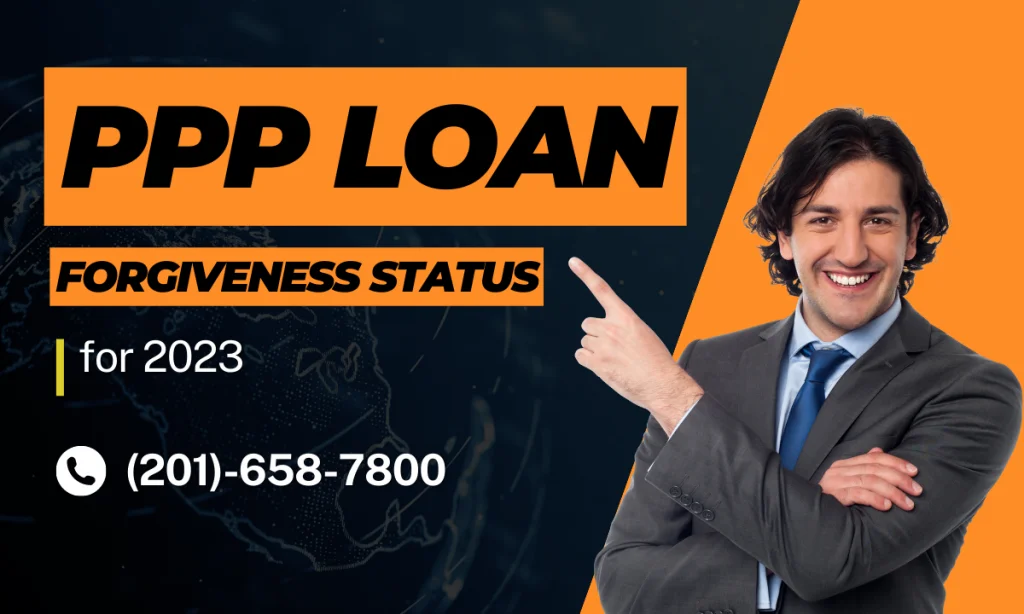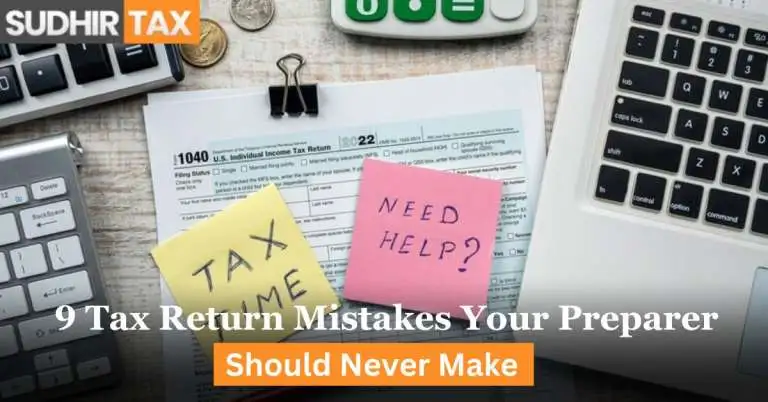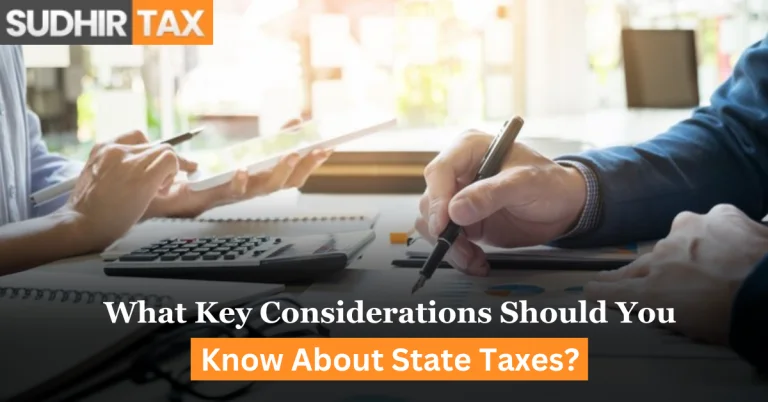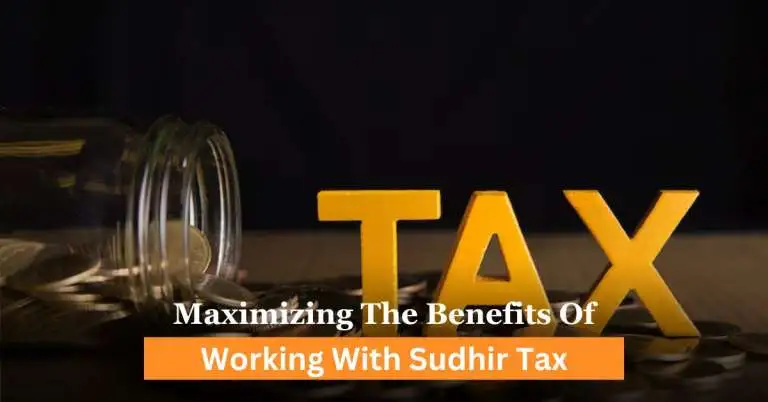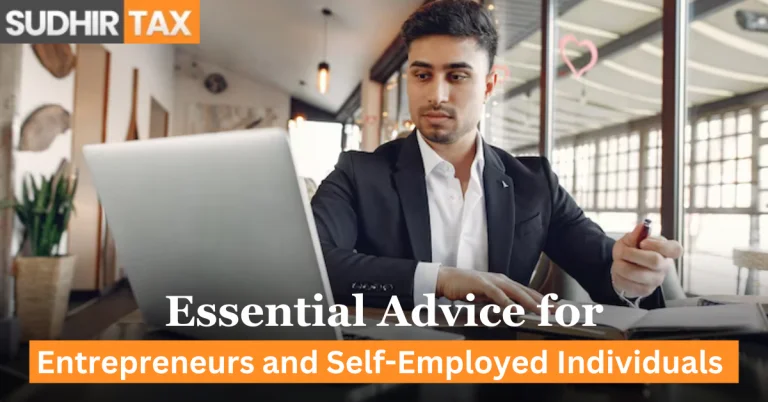If you got a PPP loan for your business during the pandemic, you may be eligible for loan forgiveness. We’ll go over the requirements and application process.
Many small businesses are still struggling as we enter 2023 and the fourth year of the “new normal” with COVID-19. Many of those businesses have benefited from programmes such as the Paycheck Protection Programme (PPP), COVID-19 Economic Injury Disaster Loan (EIDL), and Targeted EIDL Advance, although those will expire in 2021. If your company obtained a PPP loan, you may still be eligible for loan forgiveness.
The PPP was designed to assist firms that were severely hit by the epidemic in keeping their employees on the payroll. It was supposed to be a forgiven loan if specific criteria were met. Businesses must still apply for forgiveness; it is not automatic. If you have a PPP loan and have not yet filed for forgiveness, we will go over the criteria and process below.
If you never received a PPP loan and are wondering if another PPP loan would be available in 2023, it is quite unlikely. There has been no announcement. Even so, we can’t foresee how the government will react if the pandemic worsens.
Table of Contents
ToggleRequirements for Loan Forgiveness
The SBA does ask that you complete some fundamental criteria in order to have your PPP loan forgiven. You may be eligible for full debt forgiveness if, within 8 to 24 weeks of loan disbursement (when you actually received the funds):
- You keep employee and compensation levels constant.
- You use the loan proceeds to cover payroll costs and other allowable expenses. The definition of “eligible expenses” for the Second Draw PPP loan in 2021 was expanded to include specific protective equipment, supplier costs, employer-provided group insurance premiums, property damage, and operational expenses.
- You spend at least 60% of your earnings on payroll.
Get an LLC and start being your own boss today
How to Apply
You can ask for PPP loan forgiveness once the entire loan amount has been spent, at any point before the loan’s maturity date. If you do not request for forgiveness within 10 months after the last day of the covered period, your loan payments will no longer be deferred and you will be required to reimburse your lender.
Let’s go over the application process now.
Step 1: Use the portal (if you’re eligible)
The SBA provides a page dedicated to PPP loan forgiveness that includes an application and instructions. If your PPP loan was for less than $150,000, you can use the SBA’s Direct Forgiveness Portal if you used one of the participating lenders.
You can submit the forgiveness application directly to the SBA through the portal, and the questions are similar to those on SBA Form 3508S. The SBA even has a video that demonstrates how to use the portal.
If you do not have a participating lender, you must bypass the gateway and apply directly to your lender. They must give you with the necessary form.
Step 2: Get your paperwork together
You will very certainly be asked to submit documentation for both payroll and non-payroll expenses incurred during the covered period. This will vary depending on the sort of business, but be prepared to provide the following for payroll:
- Bank account statements or reports from a third-party payroll service provider that show how much you paid your employees.
- Tax forms (or, again, equivalent third-party payroll service provider reports) for the overlapping time period. This includes payroll tax filings (often Form 941, the Employer’s Quarterly Federal Tax Return) and state quarterly company and individual employee wage reporting, as well as unemployment insurance tax filings that have been reported, or will be reported, to the applicable state.
- Any payment receipts, cancelled checks, or account statements demonstrating the amount of employer contributions to employee health insurance and retirement plans included in the forgiveness amount.
During the covered time, you may be required to provide proof for the following non-payroll expenses (but this is not an exhaustive list). You must additionally demonstrate documentation showing such commitments or services existed prior to February 15, 2020 for the first three elements.
- Business mortgage interest payments: Submit a copy of the lender’s amortisation schedule as well as payment receipts or lender account statements.
- Payments for business rent or lease: Provide a copy of the current lease agreement as well as receipts or cancelled cheques proving eligible payments.
- Payments for business utilities: copies of invoices and receipts, cancelled checks, or account statements
- Operations expenses: copies of paid invoices, orders, or purchase orders, as well as receipts, cancelled cheques, or account statements proving eligible payments
- Property damage costs: If you’re alleging that some of your costs were related to uninsured property damage caused by vandalism or looting in 2020, you’ll need copies of paid invoices, orders, or purchase orders, as well as receipts, cancelled checks, or account statements.
- Supplier costs: copies of contracts, orders, or purchase orders in place at any time prior to the covered period (excluding for perishable commodities), as well as receipts, cancelled checks, or account statements showing eligible payments.
- Worker protection expenditures: Copies of paid invoices, orders, or purchase orders, as well as receipts, cancelled checks, or account statements certifying eligible payments and confirming that expenditures were used to comply with the law. COVID-19 guidelines
Step 3: Submit the form
When you have all of your paperwork, it’s time to submit your application. If you met the criteria outlined in Step 1, you’ll use the Direct Forgiveness Portal to submit your application to the SBA directly. If not, you will send the application and supporting papers to your lender. However, keep in mind that the lender may need more evidence in addition to what is provided above.
Step 4: Wait for the decision (and, if required, file an appeal)
The SBA or your lender is expected to notify you of their decision within 60 days of receiving your application. If they decide to forgive the loan, keep in mind that it may be for the entire amount or only a portion of it. If you did not receive complete debt forgiveness, you will be responsible for repaying the remaining balance with 1% interest throughout the remaining period of your loan. When your first payment is due, your lender should notify you.
If the SBA refuses to forgive your loan whole or partially, you may be able to appeal the decision through the SBA’s Office of Hearings and Appeals (OHA). This is for SBA-made PPP loan review decisions, not lender-made decisions; you must contact the lender directly to dispute such.
The SBA offers a page dedicated to PPP appeals, complete with information and filing methods. You have 30 days from the decision date to file an appeal. Once you have done so, the loan’s deferment period can be prolonged until the OHA reaches its judgement. You must tell your lender of your appeal so that they can prolong the deferral term, which will allow you to postpone making principal or interest payments until a decision is made.
You’ll need to include the following when submitting your appeal:
- A copy of the SBA loan review decision you’re appealing
- A detailed statement as to why you believe the SBA decision is in error. Include legal arguments and any other pertinent information.
- Your or your attorney’s name, address, phone number, and email address
After that, keep an eye on your email inbox since the OHA will contact you regarding next steps. They may request additional information or documentation from you. They may have a tight deadline for delivering this information, so don’t put it off. Keep in mind that the OHA may reject your appeal if it is incomplete, inadequate, or falls outside of their jurisdiction.
If you require additional assistance, the SBA has established a contact centre dedicated to PPP loan forgiveness at (877) 552-2692. You may also get solutions to frequently asked questions in their direct forgiveness knowledgebase.
Disclaimer: The information on this website is provided solely for informative reasons and does not represent legal, tax, or accounting advice. Consult a licenced professional if you have particular questions regarding any of these topics.


